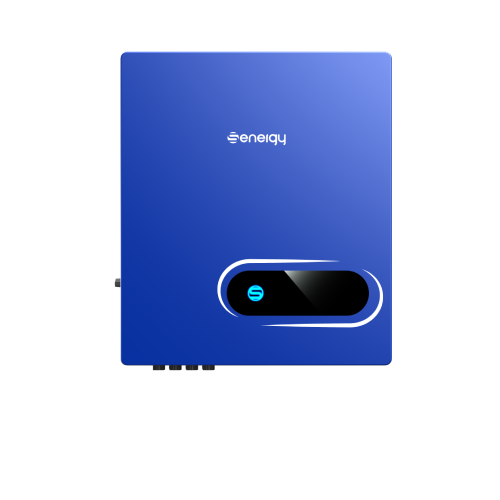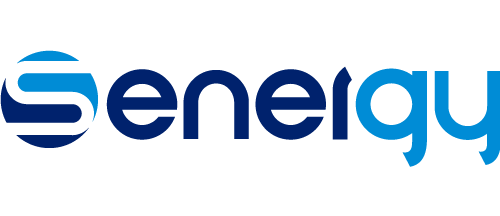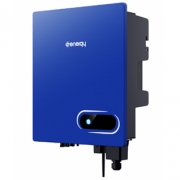3 Phase Solar : What You Need to Know about Connecting Solar to Your 3 Phase Supply
There is an awful lot of confusion (and misinformation) out there about the practicalities of installing solar on a house that has a 3 phase supply. So I’ve written this post to clear up the confusion.
Connecting solar power to a 3 three-phase supply is entirely possible. But you need to decide how you are going to connect your solar system to the grid. Your 3 options are:
1) connect your solar system to only one of your supply phases with a single-phase solar inverter.
2) connect your system into all 3 phases of your supply with a single, 3-phase solar inverter
3) connect your system into all 3 phases with 3 separate single-phase inverters.

Here’s what you need to consider in deciding which option to go for:
Three phase billing
Now that Feed In Tariffs are generally between 6 and 10c per kWh, compared to an electricity price of 30c or more, naturally people installing solar want to self consume as much of their solar energy as possible and minimise the flow of exported solar electricity.
So most of the emails I get these days about 3 phase worry that if they choose option 1 they will lose out. They worry that any electricity they use on the 2 phases that are not connected to solar will all be imported at 30c per kWh no matter how much solar they are generating on the solar phase.
I have personally never seen an installation where this happens. All the 3 phase meters that I have seen take into account the sum of all the electricity being used on all the phases and then subtract that from the amount of solar energy being generated to calculate the import or export amount for billing. i.e. if you are on a stingy FiT, they don’t penalise you financially for having a single-phase inverter on a 3 phase supply.
But to muddy the waters, I have seen evidence and heard from some installers that say they have seen 3 phase meters that have been configured to only calculate exports based on the solar phase. So buyer beware!
Three-phase load balancing
Having said the above, it is important to note that it is not unusual for the demand across phases to be unbalanced; i.e. a lot more load on one or two of the phases. For solar financial payback, this is less of an issue (due to the summed billing) however, from a technical perspective, balancing consumption and generation across the phases is a good thing for power quality.
I have seen cases where voltage is problematic on a particular phase causing inverters to trip out; such as where a large pump or cool room is on that phase and presents high start-up demands. In such a case, you should consider putting the inverter on a more stable phase; they don’t like unstable voltage or frequency at all.
Ultimately, a bit of instantaneous and energy consumption demand analysis should be considered a prerequisite to connecting solar to three-phase systems. Your utility or perhaps a friendly solar installer can help with this. If you have three-phase, it is even more important that you choose a qualified solar installer to talk to initially, instead of a less qualified solar salesperson – who probably hasn’t got the electrical background to understand the nuances of multi-phase electricity supplies!
If you have a 3 phase supply, should you get a three-phase or single-phase inverter?
3 phase inverters start at about 5kW so if you want an inverter smaller than 5kW you are looking at single-phase.
If you want a system with an inverter larger than 5kW then your local Electricity Network may insist that you use more than one phase. The best way to do this is to use a 3 phase inverter.
If you want a solar system with a total inverter capacity larger than 15kW (5kw per phase) then the relevant Australian Standard (AS4777.1:2016) says you must balance the phases. The easiest way to do that is simply to use a 3 phase inverter.
If you have skinny wires from your meter to the grid, then you may have a problem with high voltage drops. If the voltage drop is too high you may not be able to install solar. A 3 phase inverter spreads the power across 3 phases, so makes the voltage drop on each wire 3x smaller. So if you have an issue with voltage drop – a 3 phase inverter is a good solution.
Otherwise, if you are installing a system and have the choice of one single-phase meter, or one 3 phase meter, the choice is yours. The advantage of a 3 phase meter is that it is a more robust system (lower voltage drops, phases balanced).
We are a 3 phase solar inverter supplier. If you are interested in our products, please contact us now!




